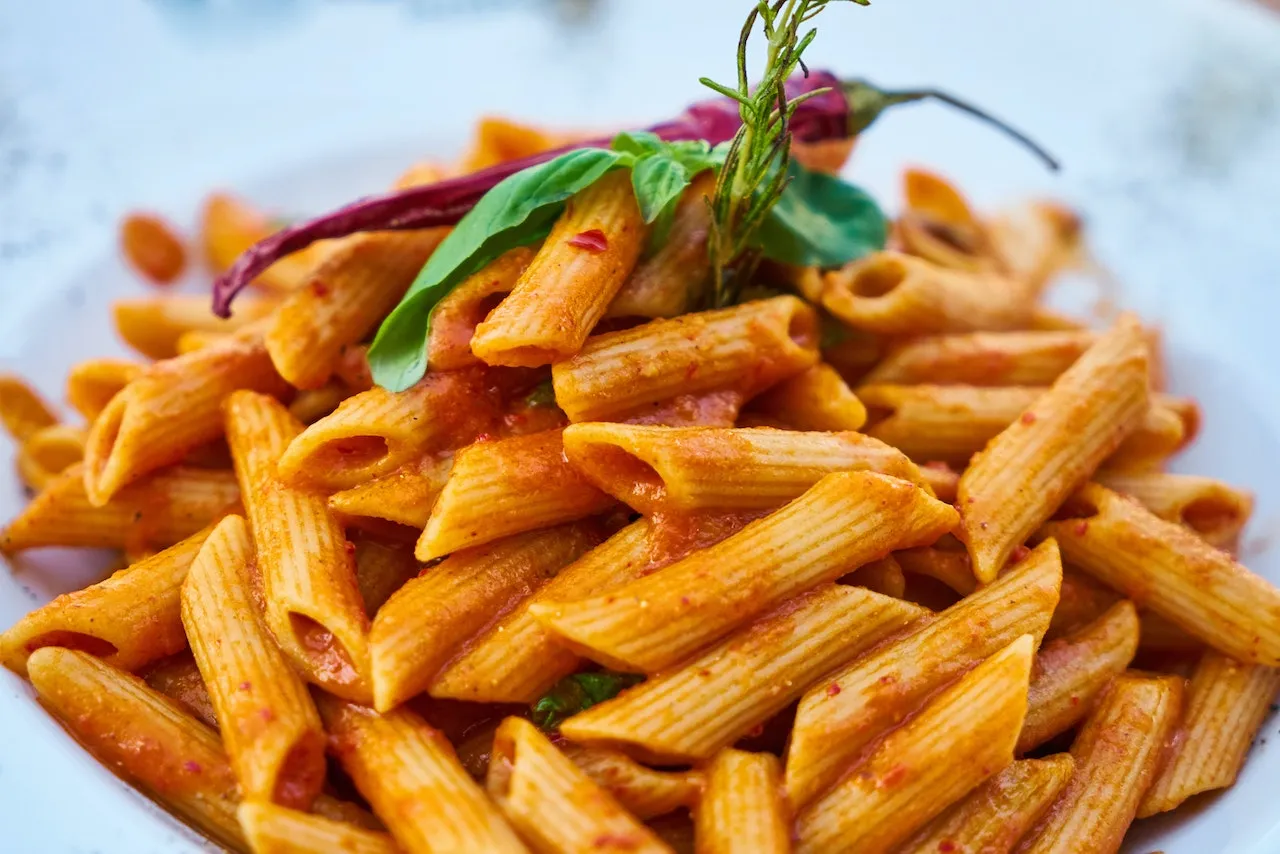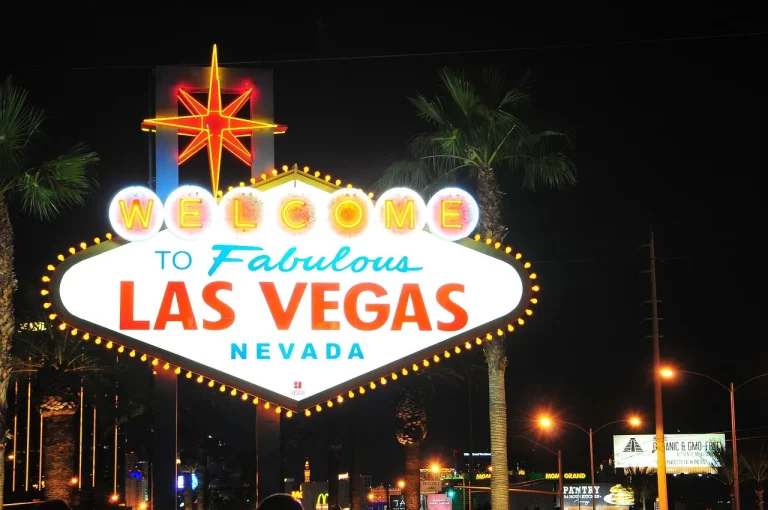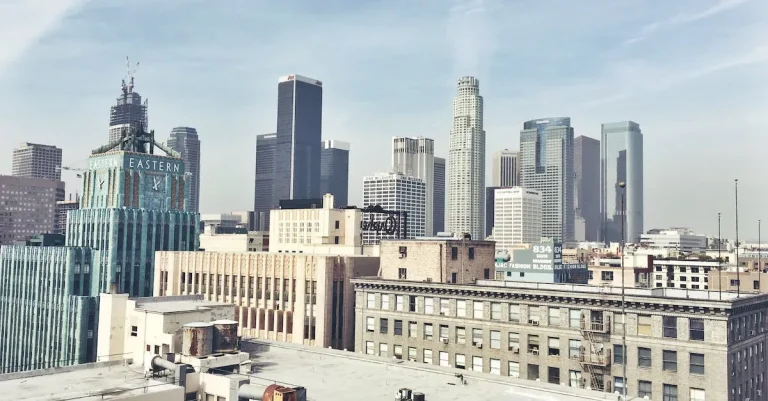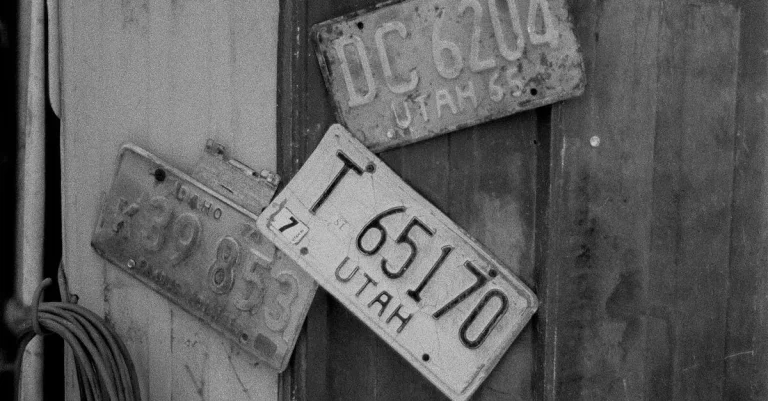Why Are There So Many Italians In New York?
With rich Italian neighborhoods, cuisine, and culture woven into its fabric, New York City has long been associated with Italian American heritage. So how did the Big Apple end up with such an influential Italian presence?
If you’re short on time, here’s a quick answer to your question: There are large numbers of Italian Americans in New York City thanks to waves of Italian immigration in the late 19th and early 20th centuries. Millions of Italians passed through Ellis Island and settled in neighborhoods like Little Italy and East Harlem.
In this comprehensive article, we’ll explore the history of Italian immigration to NYC, look at the growth of key Italian enclaves, discuss Italian cultural contributions, and examine why New York continues to retain such a strong Italian influence.
The Waves of Italian Immigration to New York
New York City has long been home to a large Italian-American community, with a rich history of Italian immigration dating back to the late 19th century. The city’s vibrant Italian culture can be attributed to several waves of immigrants who arrived in search of better opportunities and a chance at the American Dream.
Peak Immigration Periods
The first major wave of Italian immigration to New York occurred between the 1880s and the early 1900s. This period saw a massive influx of Italians, primarily from Southern Italy and Sicily, seeking economic opportunities and escaping poverty and political instability in their home country.
During this time, Ellis Island served as the gateway for millions of immigrants, including Italians, arriving in the United States.
Another significant wave of Italian immigration occurred in the years following World War II. Many Italians were displaced and left devastated by the war, and New York City became a popular destination for those looking to rebuild their lives.
This wave of immigration brought a diverse range of Italian professionals, artisans, and skilled workers to the city.
Factors Driving Immigration
A variety of factors contributed to the large number of Italians immigrating to New York City. Economic opportunities played a significant role, as many Italians sought better-paying jobs and a chance for upward mobility.
The United States was seen as a land of opportunity, where hard work and determination could lead to a better life.
Political and social factors also played a role in driving Italian immigration to New York. Italy experienced significant political upheaval during the late 19th and early 20th centuries, with high levels of poverty and limited opportunities for social advancement.
Additionally, factors such as natural disasters, such as the eruption of Mount Vesuvius in 1906, further motivated Italians to seek a new life in America.
Settling in New York City
New York City offered a welcoming environment for Italian immigrants, with established Italian-American communities and support networks. Many Italians settled in neighborhoods such as Little Italy in Manhattan and Bensonhurst in Brooklyn, where they found familiarity and a sense of community.
These neighborhoods became vibrant hubs of Italian culture, with Italian restaurants, shops, and social clubs.
Italian immigrants made significant contributions to the cultural fabric of New York City. They brought with them their rich traditions, cuisine, and language, which continue to influence the city to this day.
Italian-Americans have played an integral role in shaping the city’s arts, politics, and business sectors, leaving a lasting legacy.
To learn more about the history of Italian immigration to New York, visit the following resources:
The Rise of Italian Neighborhoods
When it comes to the cultural fabric of New York City, Italians have played a significant role in shaping the city’s history. The presence of Italian neighborhoods can be traced back to the late 19th and early 20th centuries when a large influx of Italian immigrants arrived in New York seeking better opportunities and a new life.
These neighborhoods became vibrant cultural hubs, preserving Italian traditions and contributing to the city’s diverse landscape.
Little Italy and Lower Manhattan
One of the most well-known Italian neighborhoods in New York City is Little Italy, located in Lower Manhattan. In the late 1800s and early 1900s, this area was densely populated with Italian immigrants, creating a tight-knit community.
Today, Little Italy still retains its charm with its narrow streets, traditional Italian restaurants, and annual festivals like the Feast of San Gennaro. It has become a popular tourist destination, attracting visitors from all over the world who come to experience the Italian culture and cuisine.
East Harlem and the Bronx
Another area that saw a significant concentration of Italians was East Harlem, also known as “Italian Harlem.” In the early 20th century, this neighborhood became a vibrant Italian enclave, with Italian immigrants establishing businesses, churches, and social organizations.
The Bronx also became home to many Italian families, particularly in the Belmont neighborhood. The Arthur Avenue Retail Market, often referred to as the “real Little Italy,” is a testament to the Italian influence in the area, with its authentic Italian shops and eateries.
Brooklyn’s Italian Strongholds
Brooklyn is home to several Italian neighborhoods, each with its unique character and history. Bensonhurst, located in Southern Brooklyn, has been a hub for Italian immigrants since the mid-20th century.
It is known for its Italian-American community, with Italian restaurants, delis, and bakeries lining the streets. Another notable Italian neighborhood in Brooklyn is Carroll Gardens, which saw an influx of Italian immigrants in the late 19th and early 20th centuries.
Today, it is a trendy and sought-after neighborhood with a rich Italian heritage.
The rise of Italian neighborhoods in New York City can be attributed to the desire for community and preserving cultural traditions. These neighborhoods have not only left a lasting impact on the city’s landscape but have also contributed to the diverse and multicultural identity of New York.
To learn more about the history and cultural significance of Italian neighborhoods in New York, you can visit NIAF.org.
Italian Culture and Cuisine in NYC
New York City is known for its diverse culture, and one of the most prominent communities in the city is the Italian community. Italians have been an integral part of New York City’s history, and their rich culture and cuisine have greatly influenced the city’s identity.
From food traditions to religious festivals and contributions to arts and music, Italians have left an indelible mark on the Big Apple.
Food Traditions
Italian cuisine is celebrated worldwide for its delectable flavors and mouthwatering dishes. In New York City, the Italian influence can be seen in the numerous Italian restaurants, pizzerias, and delis that line the streets.
From traditional pasta dishes like spaghetti and meatballs to classic Italian desserts like cannoli and tiramisu, the city offers a wide range of Italian delicacies that cater to all taste buds. Italian-American chefs have also made significant contributions to the culinary scene, combining traditional Italian recipes with local flavors to create unique dishes that are beloved by residents and tourists alike.
The Italian food culture extends beyond restaurants and eateries. Italian food markets, such as Eataly, provide a one-stop-shop for all things Italian, offering a variety of imported Italian products, including pasta, olive oil, and cheese.
These markets not only allow New Yorkers to enjoy authentic Italian ingredients but also serve as a hub for Italian culture and community gatherings.
Religious Festivals
Italians are known for their strong religious beliefs, and this is evident in the religious festivals that take place throughout the year in New York City. One of the most famous festivals is the Feast of San Gennaro, which celebrates the patron saint of Naples.
This vibrant street festival in Little Italy attracts thousands of visitors who come to enjoy live music, delicious Italian food, and the famous cannoli-eating contest. The festival not only showcases Italian traditions but also serves as a reminder of the close-knit Italian community in the city.
Other religious festivals celebrated by the Italian community include the Feast of St. Anthony, the Feast of St. Joseph, and the Feast of Our Lady of Mount Carmel. These festivals feature processions, live performances, and traditional Italian prayers, providing a glimpse into the deep-rooted religious traditions of Italians in New York City.
Contributions to Arts and Music
Italians have made significant contributions to the arts and music scene in New York City. The city has been a breeding ground for Italian-American artists, musicians, and actors who have achieved great success.
From Frank Sinatra to Madonna, Italian-Americans have left an indelible mark on the music industry.
Additionally, Italian-American artists have greatly influenced the art scene in New York City. The Museum of Modern Art (MoMA) features works by Italian artists such as Giorgio de Chirico and Lucio Fontana, showcasing their unique artistic styles and contributions to the art world.
Italian opera has also had a profound impact on the city’s music scene. The Metropolitan Opera House, located in Lincoln Center, is renowned for its world-class opera performances, many of which feature Italian operas and Italian singers.
Lasting Italian Influence Today
The Italian presence in New York has had a lasting impact on the city’s culture and society. Today, the influence of Italian immigrants and their descendants can be seen in various aspects of life in the Big Apple.
From continued immigration to a growing suburban diaspora, and cultural staying power, the Italian community has left an indelible mark on New York.
Continued Immigration
Despite the wave of Italian immigration in the late 19th and early 20th centuries, Italians continue to migrate to New York. While the numbers may not be as high as they once were, there is still a steady stream of Italian immigrants arriving in the city.
These new arrivals bring with them a fresh perspective on Italian culture and contribute to the vibrant multicultural fabric of New York.
According to the latest data from the U.S. Census Bureau, there are currently over 700,000 people of Italian descent living in New York City. This figure includes both first-generation immigrants and those who are descendants of Italian immigrants.
The Italian-American community remains one of the largest ethnic groups in the city, and their influence is evident in various aspects of New York’s social and cultural life.
Growing Suburban Diaspora
While the historical Italian neighborhoods in Manhattan, such as Little Italy, have undergone significant changes over the years, the Italian community has dispersed into the suburbs surrounding New York City.
Areas like Staten Island, Brooklyn, and parts of New Jersey have become home to thriving Italian-American communities.
The suburbs offer a different lifestyle and opportunities for Italian families to thrive while maintaining their cultural heritage. Italian-American organizations, social clubs, and cultural events are prevalent in these areas, providing a sense of community and connection to Italian traditions.
The Italian influence can be seen in the local cuisine, festivals, and celebrations that take place in these suburban neighborhoods.
Cultural Staying Power
One of the reasons for the lasting Italian influence in New York is the community’s commitment to preserving their cultural heritage. Italian-Americans have established numerous cultural institutions, such as museums, art galleries, and cultural centers, that showcase the rich history and traditions of Italy.
The Italian influence is also evident in New York’s culinary scene. From classic Italian pizzerias to high-end Italian restaurants, the city offers a wide range of dining options that cater to both locals and tourists.
Italian cuisine has become an integral part of New York’s food culture, and it continues to evolve and adapt to the city’s diverse culinary landscape.
Conclusion
From Manhattan’s Little Italy to the Bronx’s Arthur Avenue, New York City remains a melting pot with distinct Italian flavor. Generations of Italian immigrants built communities and infused their culture into the city’s fabric.
The Italian American heritage of New York continues to thrive and evolve thanks to both longstanding traditions and new waves of immigration sustaining a proud diaspora.








